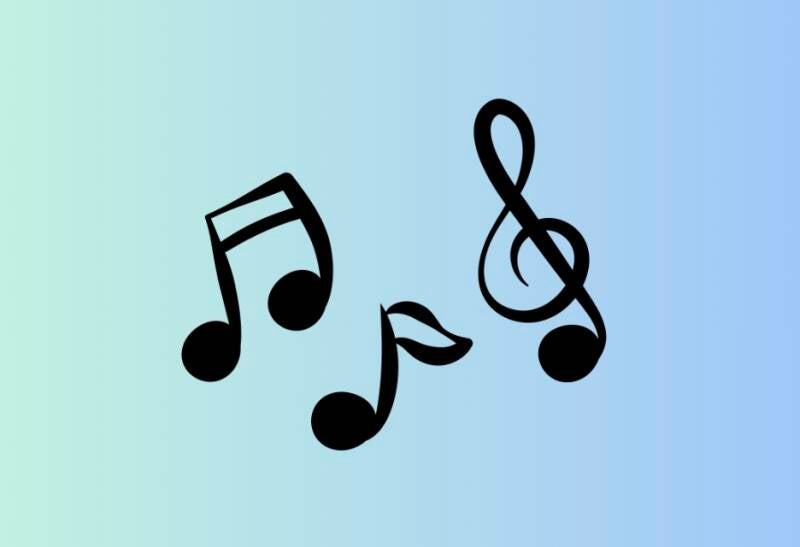When you’re talking about tinnitus, the conversation often jumps right to how to make it stop or why you got it. We cover treatments, management strategies, and the emotional toll. But today, we will explore a deeper, more specific connection: the relationship between tinnitus and music.

The Higher Risk for Musicians
The irony here is brutal. Music, which is so often a source of joy, comfort, and a life’s purpose, can also be the very thing that introduces this unwelcome, permanent soundtrack to a musician's life. Think about it: whether you’re a rock drummer, a classical violinist, or a recording engineer, your world is defined by sound. You train your ears for nuance, for harmony, for pitch. This high level of auditory awareness is what makes you an artist, and it’s also what can make tinnitus uniquely distressing.
First, let's look at the simple mechanics. Musicians are one of the most at-risk groups for developing noise-induced hearing loss (NIHL) and, consequently, tinnitus. Studies suggest that a significant percentage of professional musicians, some estimates say between 30% and 50%, experience some degree of tinnitus. Compare that to about 15-20% of the general population. That's a huge difference.
Why the elevated risk? It's the sheer, sustained exposure to high decibels. A typical rock concert clocks in around 110-120 dB, which can cause immediate, permanent damage to the delicate hair cells in the inner ear. Rehearsals, recording studio sessions with headphones cranked, or even playing an acoustic instrument in a small room can exceed the safe threshold of 85 dB over time. These hair cells, called stereocilia, are responsible for translating sound vibrations into electrical signals for the brain. Once they’re damaged or destroyed by noise, they don't grow back. The current scientific hypothesis is that when the brain stops receiving expected signals from these damaged cells, the corresponding auditory neurons become hyperactive, essentially creating their own internal "noise", which we perceive as tinnitus.
For a long time, there was a kind of "macho" culture in the music world that frowned upon ear protection. Wearing earplugs was seen as amateur, something that muffled the sound and interfered with performance. Thankfully, this is changing, with more high-quality musician's earplugs and in-ear monitors (IEMs) that attenuate the sound evenly across all frequencies, reducing the volume without sacrificing clarity. This is a game-changer because it allows an artist to perform safely and still hear every subtlety of the music.
The Emotional and Professional Fallout
The psychological impact of tinnitus on a musician is often more profound than on someone in a less sound-centric profession. For most people, tinnitus is annoying, disruptive, and can cause anxiety. For a musician, it can feel like an existential threat to their career.
Imagine a composer whose internal "quiet" is now filled with a high-pitched whine. How do you trust your ear when it’s constantly telling you there's a sound that isn't there? This phantom noise can interfere with pitch perception, concentration during recording, and the ability to find that essential "silence" needed for creative work.
The emotional burden often includes regret, self-blame for not taking better care of their hearing earlier, and even isolation. Many musicians keep their condition a secret, fearing that admitting to hearing problems will affect their professional reputation or make them seem less reliable. It’s a vicious cycle where the fear of judgment leads to suffering in silence.
Yet, a growing number of famous artists, from Pete Townshend and Eric Clapton to Chris Martin, have been public about their experiences. Their openness is invaluable, chipping away at the stigma and helping others realize that tinnitus doesn't have to end a music career. It requires adaptation, yes, but not necessarily abandonment of one’s craft.
When Tinnitus Becomes a Melody
There is a fascinating, though less common, phenomenon known as Musical Ear Syndrome (or musical tinnitus). This is a form of tinnitus where instead of a simple ringing or buzzing, a person hears full, complex melodies, fragments of songs, or sometimes even voices.
It sounds like a quirky fact, but for those who experience it, it's often confusing and, at first, alarming. The music they hear is usually familiar, and it sounds completely external, like a radio is playing faintly in the next room.
The prevailing theory for Musical Ear Syndrome is rooted in the brain's incredible plasticity and, paradoxically, auditory deprivation, often caused by hearing loss. When the brain isn't receiving enough sound input from the ears, it gets "bored," so to speak, and starts generating its own internal sound to fill the gap. It's a form of phantom limb syndrome, but for the auditory system. Since the brain is wired for complex patterns, it fills the silence with music, a highly patterned and emotionally rich stimulus.
It’s an amazing, if unwelcome, display of how the brain tries to compensate. The good news is that, like other forms of tinnitus, it can be managed. The treatments often involve increasing sound input, wearing hearing aids to amplify environmental sounds, or using sound therapy that introduces gentle, pleasant ambient noise to keep the brain busy.
Final Thoughts
For musicians, the connection between their art and their ailment is extremely intimate. It highlights the crucial need for prevention, making hearing protection as standard as tuning a guitar, and support, creating a culture where a musician can talk about tinnitus without fear of career repercussions. Tinnitus may be an uninvited guest, but for a musician, the journey is about learning to create harmony in a world that now includes a constant, unceasing counterpoint.